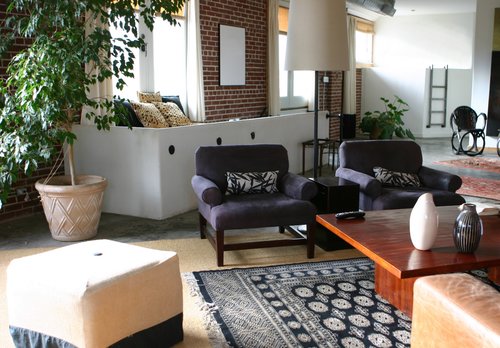When it comes to the housing market, how do we truly define luxury? Is luxury determined by the price tag assigned to a property? Is luxury a property that has exquisite finishes? Or is size the deciding factor in whether a property is considered luxury or not?
The reality is, the definition of “luxury” is not determined by any concrete criteria, but rather, substantial regional differences across the country.
Consider the most recent data from realtor.com, which reported on the median list price of homes in 200 different regions. Here in the Chicago-Naperville- Elgin region, the median list price, as of March 2015, was $234,000, while in the San Francisco-Oakland- Hayward region, the median list price was reported at $710,000.
So, while a home priced in the $700,000s may be considered an average listing in San Francisco, in Chicago and its surrounding suburbs, such a price tag would likely qualify as the starting point for luxury.
The disparities only grow with further examination. Movoto’s Real Estate Trends and Statistics report, which analyzes various data points in metro areas, reported that Chicagoland’s median house size is 1,350 sq. ft., with a median price of $192 per square foot. While reporting only a slightly larger median house size of 1,426 sq. ft., San Francisco’s median, $773 per square foot, is a significant jump from that of Chicago’s.
Even within high-priced Silicon Valley, the term “luxury” is far from consistent, a fact that a recent NPR article highlighted. Quoting Jesse Klein, a University of Michigan student who grew up in the valley, the article examined Klein’s perception of her household income – despite exceeding the country’s median income by nearly $200,000 – as relatively middle class in Silicon Valley, as was her home, a modest, $2 million property that lacked a pool and in-home movie theater – two features that, in living in an expensive part of the country, residents use as markers to define “luxury.”
So, while other regions of the country would consider a $2 million, three-bedroom, two-bath home luxury in and of itself, that is hardly the case in Silicon Valley and other high-priced markets.
The True Topic of Relativity – Income
And as Klein’s example demonstrates, such dramatic jumps in standards suggest the key underlying issue being the marked differences in income across the country, and how the area’s housing market (and its definition of “luxury”) develop based on those numbers.
Planet Money, an economic research wing of NPR, examined family income data from the 2013 American Community Survey and determined how much (or little) the middle class makes in the country’s 30 most populous cities. Of the 30 cities, only 11 meet or exceed the median income of $64,000 in the U.S., with a great deal of variation in median income across the country.
Additionally, according to NAR’s qualifying income report, which determines qualifying income by metro area for a 20 percent down payment, residents in Chicagoland need a qualifying income of $41,545 to purchase a home, while residents in San Francisco need more than triple that at $139,433.
Such variation in income and qualifying income brings us full circle, and suggests that geographically, the term differs in meaning. So residents in Chicagoland, which has a median income of $54,000, are likely to define luxury much differently than residents of San Francisco, which boasts a median income of $96,000.
